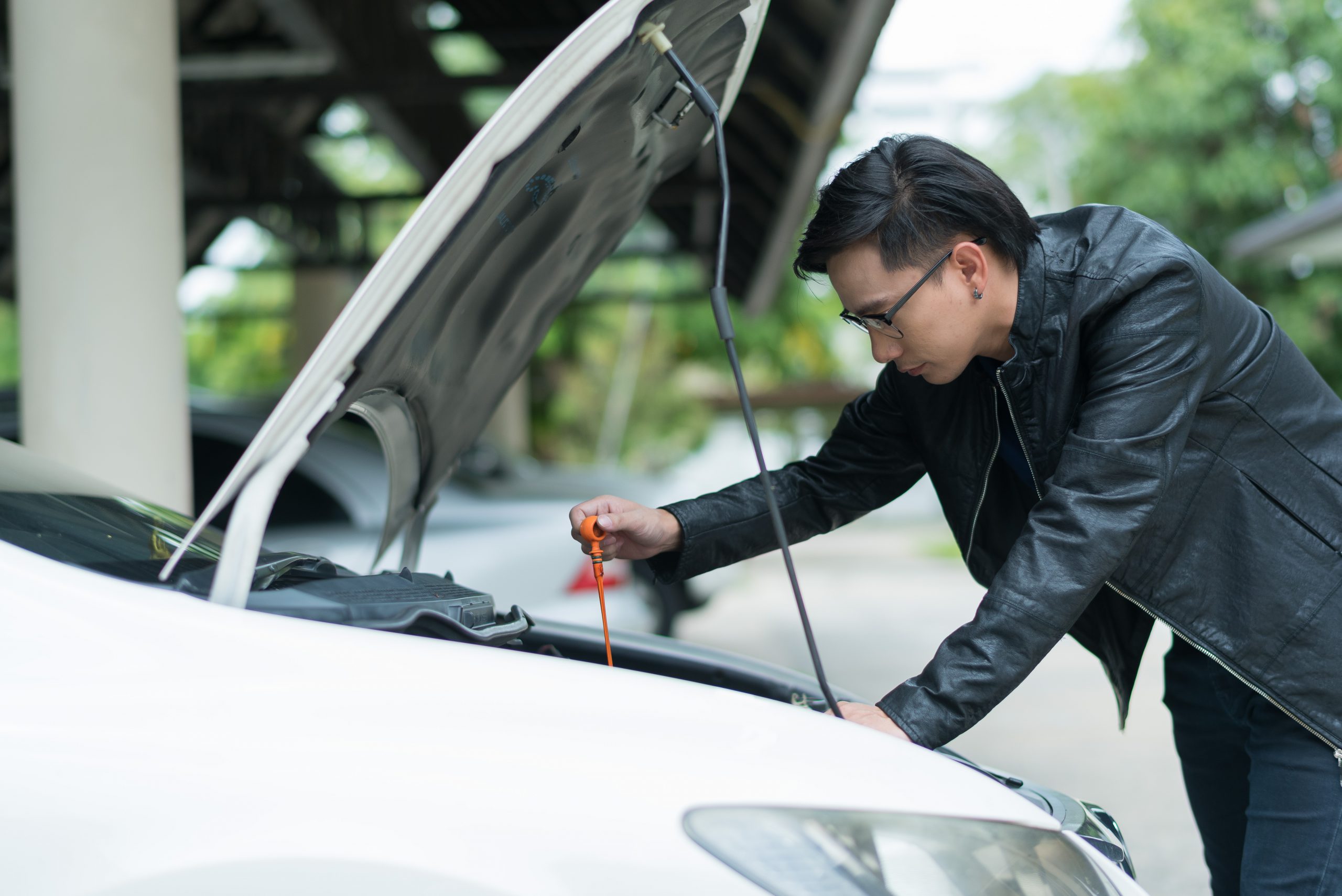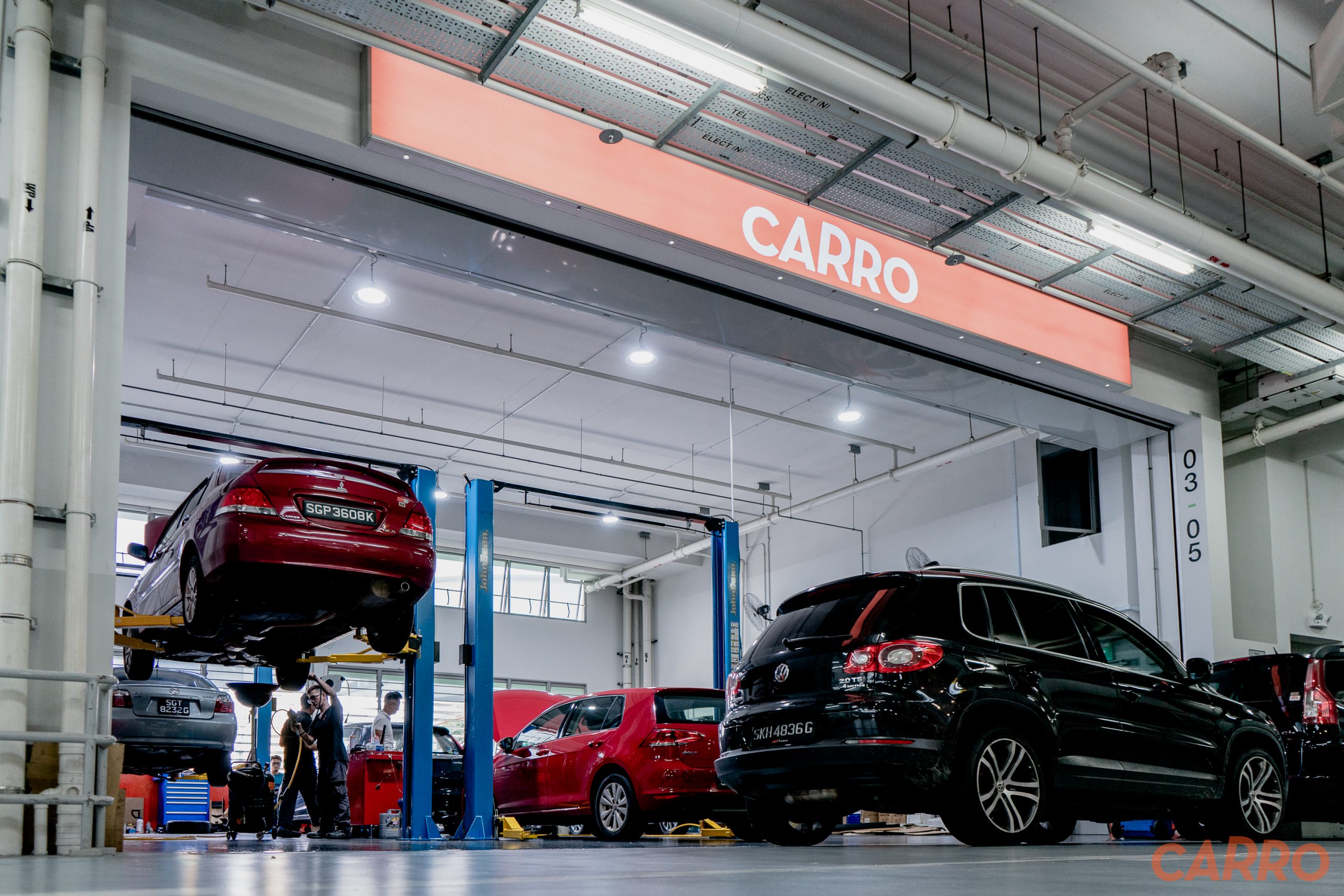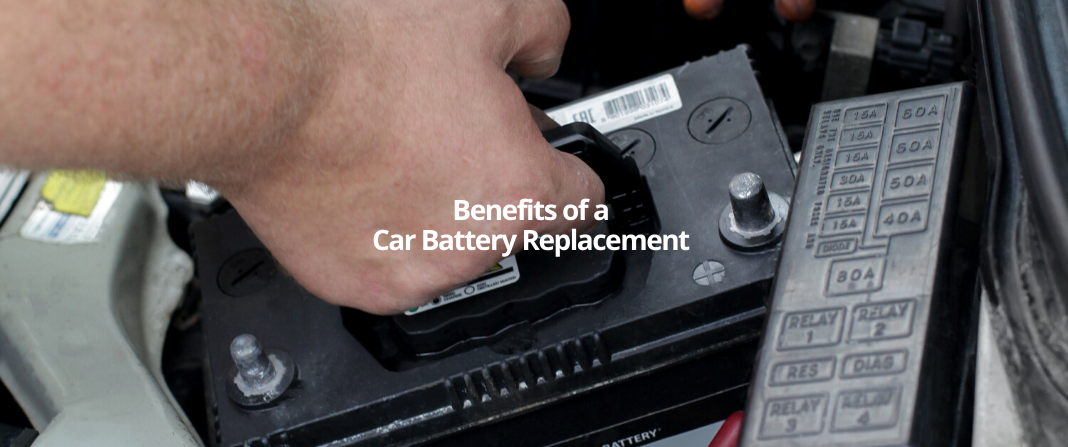Reactive VS Preventive Car Maintenance
We cannot emphasize the importance of car maintenance. It’s arguably the most important ingredient in ensuring your car functions well and does not face unexpected issues along the way. While regular maintenance is recommended, not everyone does it.
There are many car owners who only send their cars for maintenance or servicing only when they discover an issue. Car owners in this group engage in reactive maintenance. On the other hand, car owners who send their cars for maintenance regularly fall under preventive maintenance.
If you’ve never heard of these terms before, don’t worry! In this article, we’ll be exploring what reactive and preventive car maintenance means and their benefits.
Reactive Car Maintenance
Reactive maintenance means fixing something only when it is spoilt or when failure happens. While there’s nothing wrong with this, the reactive approach might cost you a lot more as your car parts might be damaged beyond repair and require replacement.

An example of reactive maintenance is not changing your engine oil regularly. While your car will still be able to function, the engine will not be working efficiently. Additionally, if you continue to use old engine oil and don’t change it, it will shorten the lifespan of your engine. Eventually, not changing your engine oil regularly will cause the engine to fail and incur more costs.
By avoiding a simple task of changing your engine oil regularly, it can decrease the lifespan of your engine and even cause it to fail. So adopting a reactive approach will very likely lead to huge repercussions.
This type of approach is more common among younger drivers due to a couple of things. For one, younger drivers lack the experience of what it takes to maintain and upkeep a car. This leads to many misunderstandings as these drivers might not understand the importance of regular and preventive maintenance.
Additionally, drivers who take the reactive approach might not be willing to fork out cash every few months to maintain the car. This could be because of affordability or just a lack of understanding of the importance of maintenance. The reactive approach will incur lesser initial costs but might come back to bite you if one of your car parts need replacing.
Preventive Car Maintenance
Also known as proactive car maintenance, preventive maintenance focuses on avoiding repairs or breakdowns entirely. This is done through regular upkeep and maintenance, to ensure that your car’s parts are working as efficiently as possible.
Taking the same example of changing your engine oil, doing this regularly is instantly a preventive vehicle maintenance measure. You are immediately addressing any potential problem that might occur in the future and ensuring that major issues do not pop up by taking these measures.
This approach is also more common among many Singaporean drivers due to the high prices of cars. Drivers tend to take really good care of their cars and follow maintenance schedules.
While this might increase your upkeep costs as you’ll be paying for the maintenance and servicing works regularly, it might save you a lot more at the end of the day as the initial costs tend to be lower.
Should You Take the Preventive or Reactive Approach?
While each approach might have their benefits, it’s clear that preventive vehicle maintenance should be the way to go.
Sending your car for maintenance regularly every year will only cost $300 – $500 a year. However, delaying maintenance might save you this amount now, any huge car problems you might face in the future because of the reactive approach can easily be 10 times this amount.
Looking for a car workshop? Visit our CARRO Workshop for a trustworthy and transparent experience today!
People also liked: HOW TO BUY A PRE-OWNED CAR ONLINE? PHASE 1 SAFE RE-OPENING: TIPS FOR A SAFE DRIVE IS A CAR SUBSCRIPTION SERVICE BETTER IN TIMES OF UNCERTAINTY?




